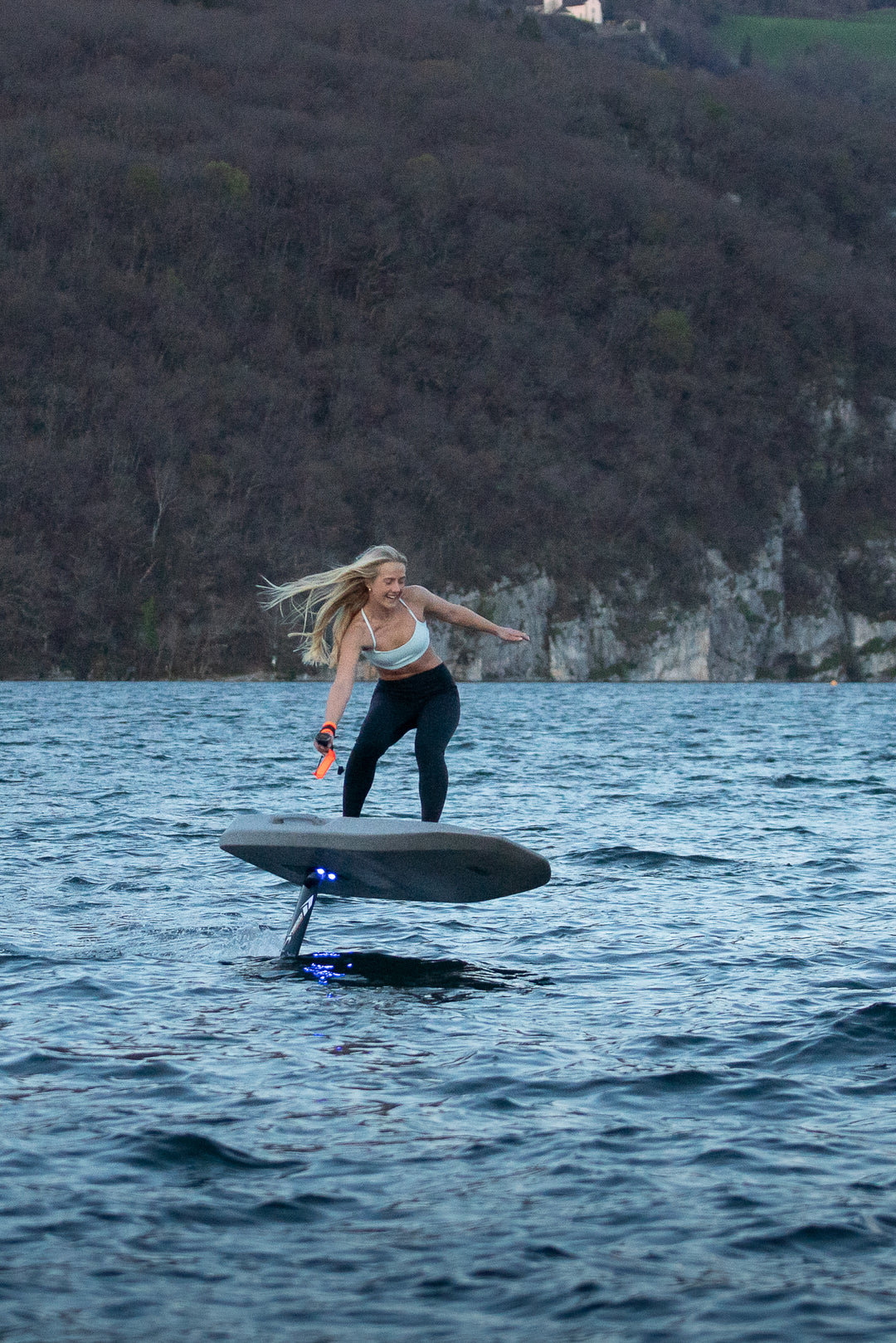eFoils VS Jetboards: Exploring the Differences Between eFoils and Jetboards
In the realm of water sports, eFoils and Jetboards stand out as two options for riders seeking aquatic adventures. Each offers a unique experience, with distinct features, advantages, and drawbacks. Let's delve into the contrasts between these two watercraft to help you determine which one best suits your style.
 Jetboard eFoil
Jetboard eFoil
Choosing Your Perfect Watercraft
When it comes to selecting the ideal watercraft for your aquatic adventures, consider factors such as your riding goals, skill level, and budget. Whether you opt for the serene gliding of an efoil or the adrenaline-fueled excitement of a jetboard, both offer thrilling experiences on the water. Take the time to research and test different models to find the one that best suits your needs and preferences, and get ready to embark on an unforgettable journey across the waves.
eFoils: Glide Above the Waves
Efoils, or electric hydrofoils, are watercraft that combine electric propulsion with hydrofoil technology to lift riders above the water's surface. Here's what sets them apart:
Advantages:
- Smooth Gliding Experience: eFoils offer a smooth and serene riding experience, with riders effortlessly gliding above the waves, free from the noise and vibration associated with traditional watercraft.
- Quiet and Environmentally Friendly: Electric-powered eFoils produce minimal noise and emissions, making them environmentally friendly and ideal for exploring marine environments without disturbing wildlife or other water users. eFoils are powered by electric batteries, ensuring there are no harmful emissions released into the atmosphere. eFoils offer a sustainable and eco-friendly way to experience the beauty of nature.
- Versatile Riding Conditions: eFoils are suitable for a wide range of water conditions, from calm lakes to choppy ocean waves, providing riders with the flexibility to enjoy their aquatic adventures in various settings.
- Accessibility: With user-friendly controls eFoils are accessible to riders of all skill levels, from beginners to experienced enthusiasts and is easy to learn.
Disadvantages:
- Higher Cost: eFoils tend to have a higher upfront cost compared to traditional watercraft, making them a significant investment for riders who want to experience the thrill of gliding above the water's surface.
- Limited Maneuverability: While eFoils offer stability and smooth gliding, they may have limited maneuverability compared to jetboards, making them less suitable for riders seeking dynamic turns and tricks.
- Maintenance Requirements: eFoils require regular maintenance, including battery charging, motor checks, and hydrofoil adjustments, to ensure optimal performance and safety on the water.
Jetboards: Power Through the Waves
Jetboards, also known as electric surfboards or motorized surfboards, are compact watercraft equipped with jet propulsion systems that propel riders across the water's surface. Here's what sets them apart:
Advantages:
- Dynamic Riding Experience: Jetboards offer a dynamic and adrenaline-fueled riding experience, with riders carving through waves and executing sharp turns and tricks, perfect for thrill-seekers and experienced riders.
- Portability: Jetboards are compact and lightweight, making them highly portable and easy to transport to your favorite riding spots or travel destinations, ideal for adventurers on the go.
- Quick Learning Curve: With intuitive controls and responsive handling, jetboards are relatively easy to learn, allowing riders to master the basics and start enjoying the thrill of motorized surfing in no time.
- Variety of Riding Styles: Jetboards cater to a variety of riding styles and preferences, from leisurely cruising to high-speed racing and aerial maneuvers, providing riders with endless opportunities for excitement and exploration.
Disadvantages:
- Limited Ride Time: Jetboards typically have shorter ride times compared to eFoils, as they rely on battery power for propulsion and may require frequent recharging, interrupting longer sessions on the water.
- Noise and Emissions: Jetboards produce noise and emissions from their jet propulsion systems, which can be disruptive to wildlife and other water users, limiting their suitability for environmentally sensitive areas.
- Less Stability: Jetboards may offer less stability compared to efoils, especially in choppy water conditions, requiring riders to have good balance and agility to maintain control and avoid falls.
- Maintenance Challenges: Jetboards require regular maintenance, including battery charging, motor checks, and hull cleaning, to ensure optimal performance and safety on the water, which can be time-consuming and costly for owners.
Online Reviews and Opinions
Online reviews and opinions of eFoils and Jetboards vary widely, with riders praising each watercraft for its unique features and performance characteristics. Some riders laud eFoils for their smooth gliding experience and environmental friendliness, while others prefer the dynamic riding experience and versatility of Jetboards. Ultimately, the choice between efoils and jetboards depends on individual preferences, riding style, and budget.



